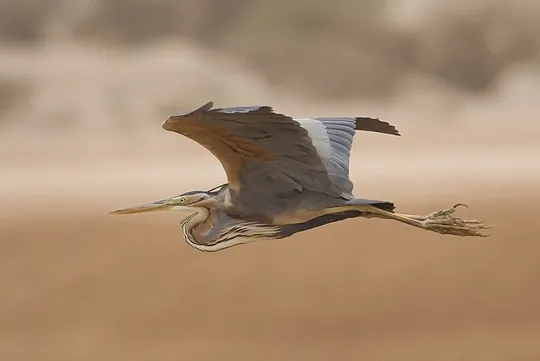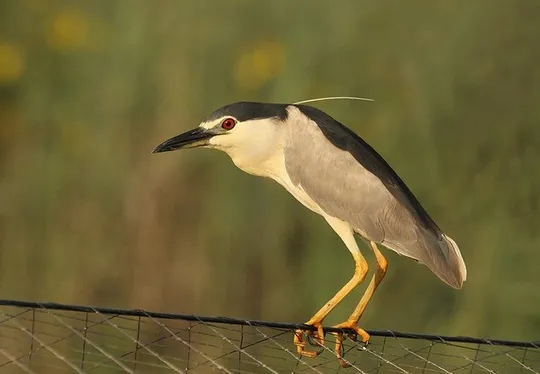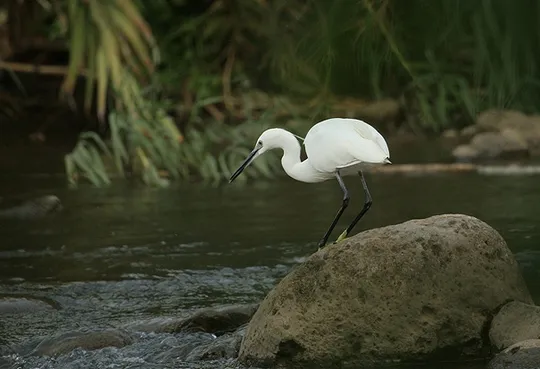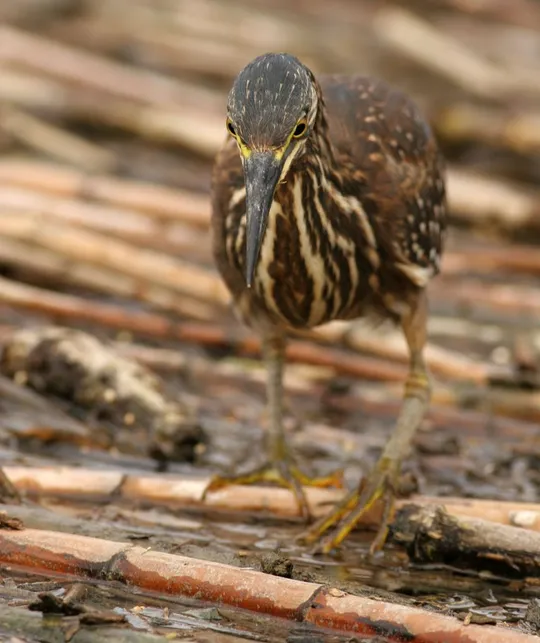Ardea cinerea
 Regionally Extinct
Regionally Extinct
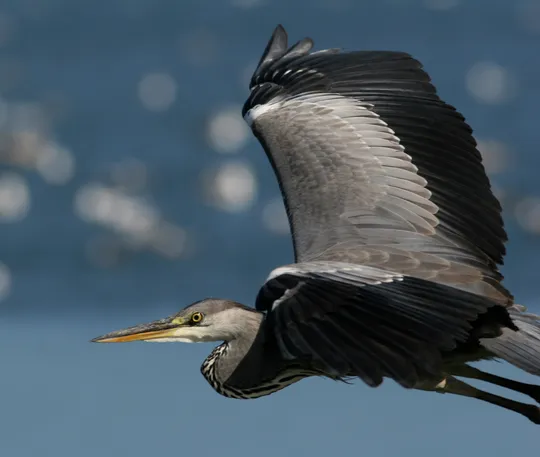
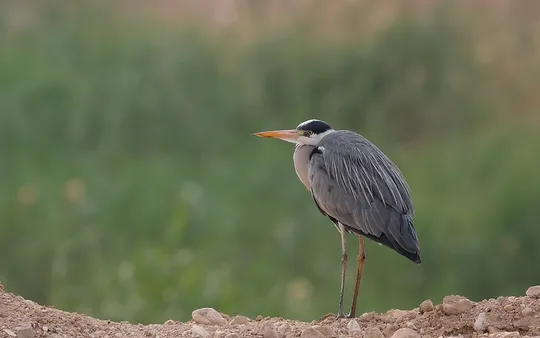
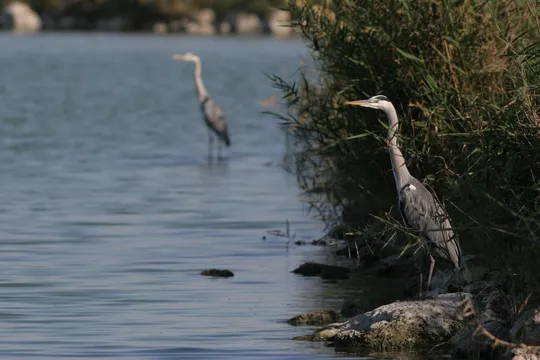
| Habitats | Wetland Thickets |
|---|---|
| Presence In Israel | Winter Visitor, Migrant, Resident |
| Breeding In Israel | Bred in the past |
| Migration Types | Short Range / Partial |
| Zoographical Zones | Mediterranean |
| Landscape Types | Plains & Valleys, Wetlands, Fresh Water, Marsh, Wetland Thickets |
| Vegetation Types | Marsh and Riparian |
| Vegetation Densities | Medium, High |
| Nest Locations | Tree |
| Diet Types | Fish |
| Foraging Grounds | Water |
| Body Sizes | Large (over 1000g) |
| Threat Factors | Pesticide Poisoning, Wetland Drainage & Pollution |
The Grey Heron is the largest heron in our region. Like its name, its plumage is a relatively uniform grey, with darker upperparts and paler underparts and neck. Dark grey flight feathers contrast with paler coverts. Head is pale grey, with a prominent black supercilium that extends like a plume towards the nape. Its strong, strait, sharp bill and legs are yellowish-grey. Flight is heavy, with arched wings and a retracted neck. It usually uses flapping flight, but can also soar and glide for short periods, and even soar in thermals.
The Grey Heron is a common passage migrant and winter visitor in water bodies throughout Israel. A few birds, mostly immatures, remain over the summer, mainly in the Northern Valleys.
The Grey Heron is usually seen at the edges of water bodies as it stands on exposed banks or in water up to 50 cm deep, occasionally in meadows or plowed fields as well.
The Grey Heron has low priority for active reintroduction management for the following reasons:
The former breeding population in Israel was small and isolated.
The global population is estimated to be stable and in good condition.
There is a reasonable probability that the species will return to nest in Israel naturally.
The species might cause potential conflicts with fish farmers in Israel, as well as possible competition with the Purple Heron whose global population and range are far smaller than those of the Grey Heron.
The Grey Heron nested in Papyrus thickets in the Hula marshes, in mixed colonies with Purple Herons. In other parts of the world, it usually nests on tall trees. It feeds mainly on fish that it catches in the water with the help of its long neck and sharp bill, but also feeds on reptiles, small mammals and amphibians.
- פז, ע. 1986. עופות. מתוך אלון, ע. (עורך), החי והצומח של ארץ ישראל. כרך 6. הוצאת משרד הביטחון, ישראל.
- Shirihai, H., 1996. The Birds of Israel. Academic Press, London.
- Symes, A. 2013. Species generation lengths. Unpublished, BirdLife International.
- Species page at Birdlife International
Distribution maps
The maps presented here provide visual information on the distribution of species in Israel from the past and present, and the changes in occupancy and breeding density during the comparison period. For further reading
Relative Abundance 2010-2020
Breeding density values in the current decade as determined from experts' opinion and observations from databases.
| Data Missing | Sporadic | Limited Sites | Low Density | High Density |
|---|---|---|---|---|
| 8 | 12 | 12 | 21 | 19 |
Relative Abundance 1980-1990
Density values based primarily on the book The Birds of Israel (Shirihai 1996).
| Data Missing | Sporadic | Limited Sites | Low Density | High Density |
|---|---|---|---|---|
| 5 | 14 | 14 | 17 | 22 |
Occupancy 1990-2020
The map shows differences in the species breeding distribution between the 1980's breeding map and the current weighted breeding evaluation. Negative value - species previously bred in the grid and is not presently breeding; positive value - species has not previously bred in the grid and is currently breeding.
| Data Missing | No Change | Occupancy Increase | Occupancy Decrease |
|---|---|---|---|
| 6 | 35 | 1 | 9 |
Change in Relative Abundance 1990-2020
The map shows the changes in the relative abundance of a species in each of the distribution grids between the breeding map of the 1980s and the weighted current breeding evaluation. Negative values - decline in abundance; positive values - increase in abundance; zero - no change in abundance.
| 80 to 100 | 50 | 20 to 30 | No Change | 30- to 20- | 50- | 100- to 80- | Data Missing |
|---|---|---|---|---|---|---|---|
| 0 | 4 | 2 | 22 | 12 | 14 | 11 | 16 |
| Rarity | |
|---|---|
| Vulnerability | |
| Attractiveness | |
| Endemism | |
| Red number | |
| Peripherality | |
| IUCN category | |
| Threat Definition according to the red book |
